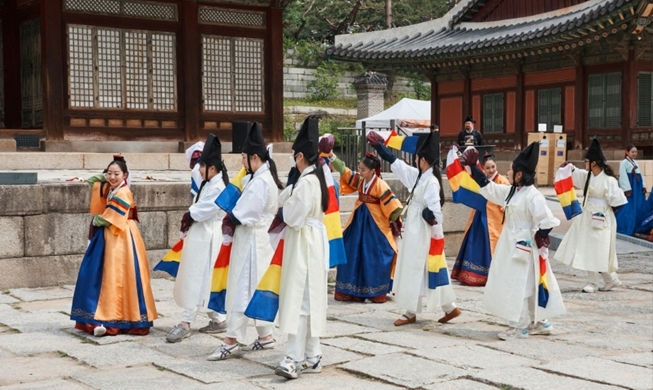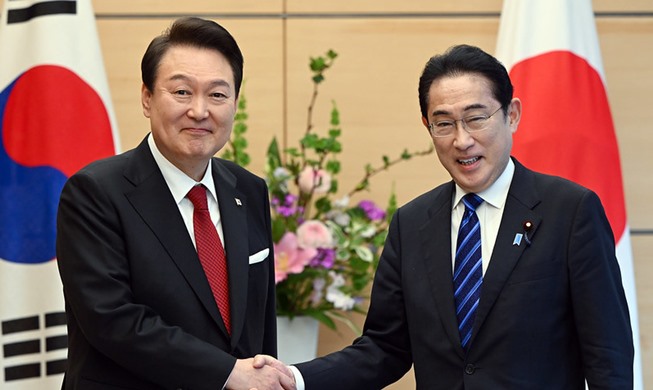-
 Korea.net's 24-hour YouTube channel
Korea.net's 24-hour YouTube channel- NEWS FOCUS
- ABOUT KOREA
- EVENTS
- RESOURCES
- GOVERNMENT
- ABOUT US
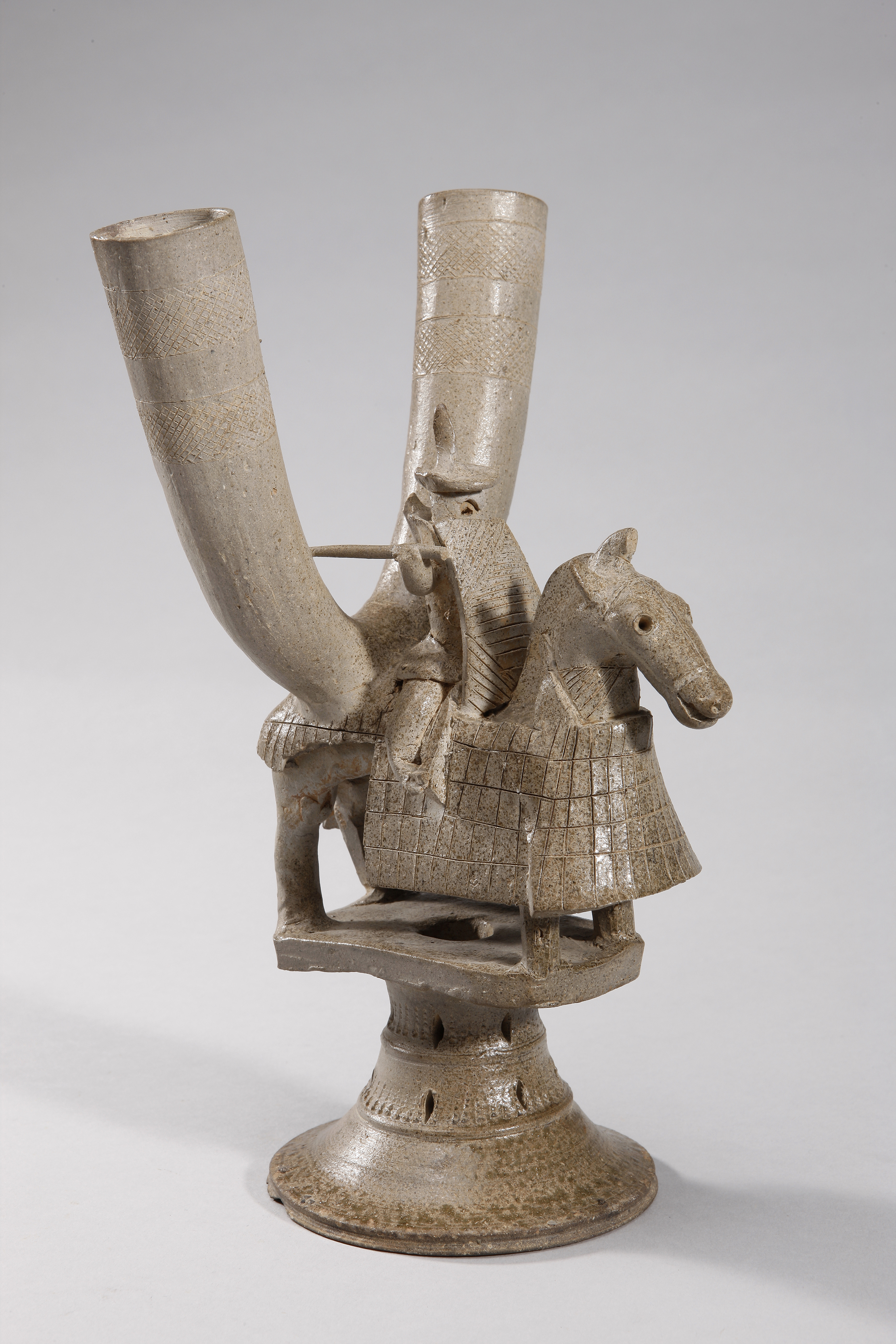
Earthenware horn cup in the shape of a warrior on horseback (National Treasure No. 275)
By Kim Hwaya
Photos = National Museum of Korea
The National Museum of Korea in Seoul has opened an exhibition featuring the Gaya confederacy (A.D. 42-562), a culturally rich civilization that was located in the southern Korean Peninsula.
"Gaya Spirit: Iron and Tune," opened on Dec. 3, has on display about 2,600 relics such as Gaya earthenware and iron artifacts from 31 organizations at both home abroad. The event is the first of its kind at the museum held in 28 years.
A fully preserved Gaya tomb was recently unveiled in Changnyeong-gun County, Gyeongsangnam-do Province, related to the excavation and research of Gaya's cultural heritage as part of the incumbent administration's national policy agenda. The exhibition takes on added meaning given the discovery of relics from an era on which few historical records have been found.
About 1,500 years ago, the unified Gaya confederacy developed maritime trade thanks to the abundant iron on the southern part of the peninsula, and each state coexisted peacefully by respecting each other for around 520 years.
Lee Yang-soo, head of the museum's Curatorial Affairs Office, said, "Gaya was a community of several nations (city-states). The tribes each had their own cultures and lived together peacefully. Through this exhibition, Gaya tells of coexistence, as in coexistence and harmony of how you and I can understand each other."
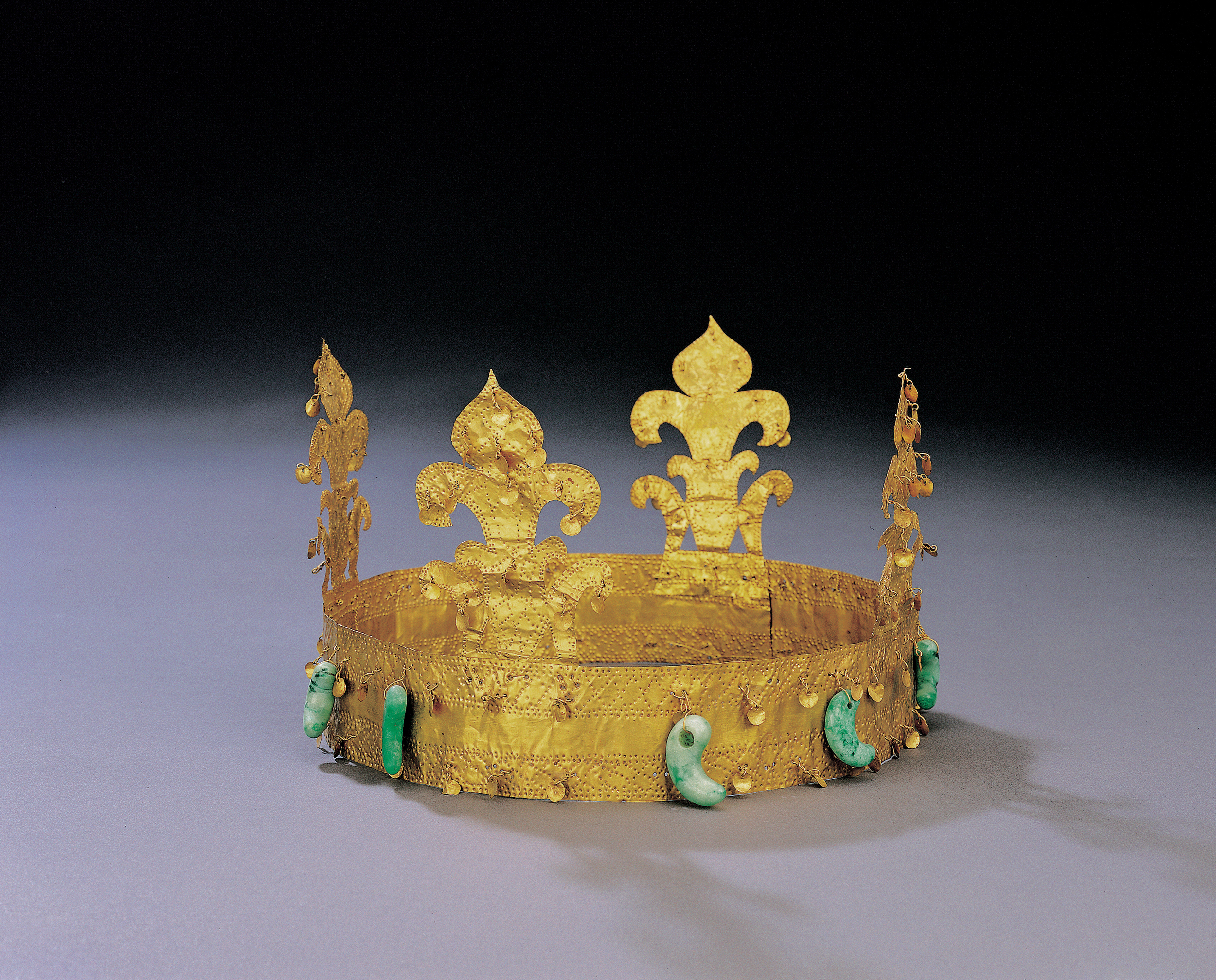
The sixth century gold crown and ornaments from Goryeong, which is in Gyeonsangbuk-do Province where Gaya was located and designated National Treasure No. 138, shows the exquisite metalworking techniques of the Gaya people.
With the prologue showing the process of Gaya's foundation, the exhibition uses the four themes of coexistence, harmony, power and prosperity.
The first theme is exemplified through Gaya's unique crafts such as hieroglyphic earthenware and the second is conveyed via the confederacy's various cultures that embraced both Yeongnam (a region spanning the provinces of Gyeongsangbuk-do and Gyeongsangnam-do) and Honam (a region covering the provinces of Jeollabuk-do and Jeollanam-do).
The third theme features the power of Gaya, nicknamed "the iron kingdom," through iron and horse armor as well as National Treasure No. 275, an earthenware horn cup in the shape of a warrior on horseback. And the last part highlights Gaya's role as a trading hub connecting China and Japan by displaying a variety of trading goods.
The exhibition runs through March 1 next year.
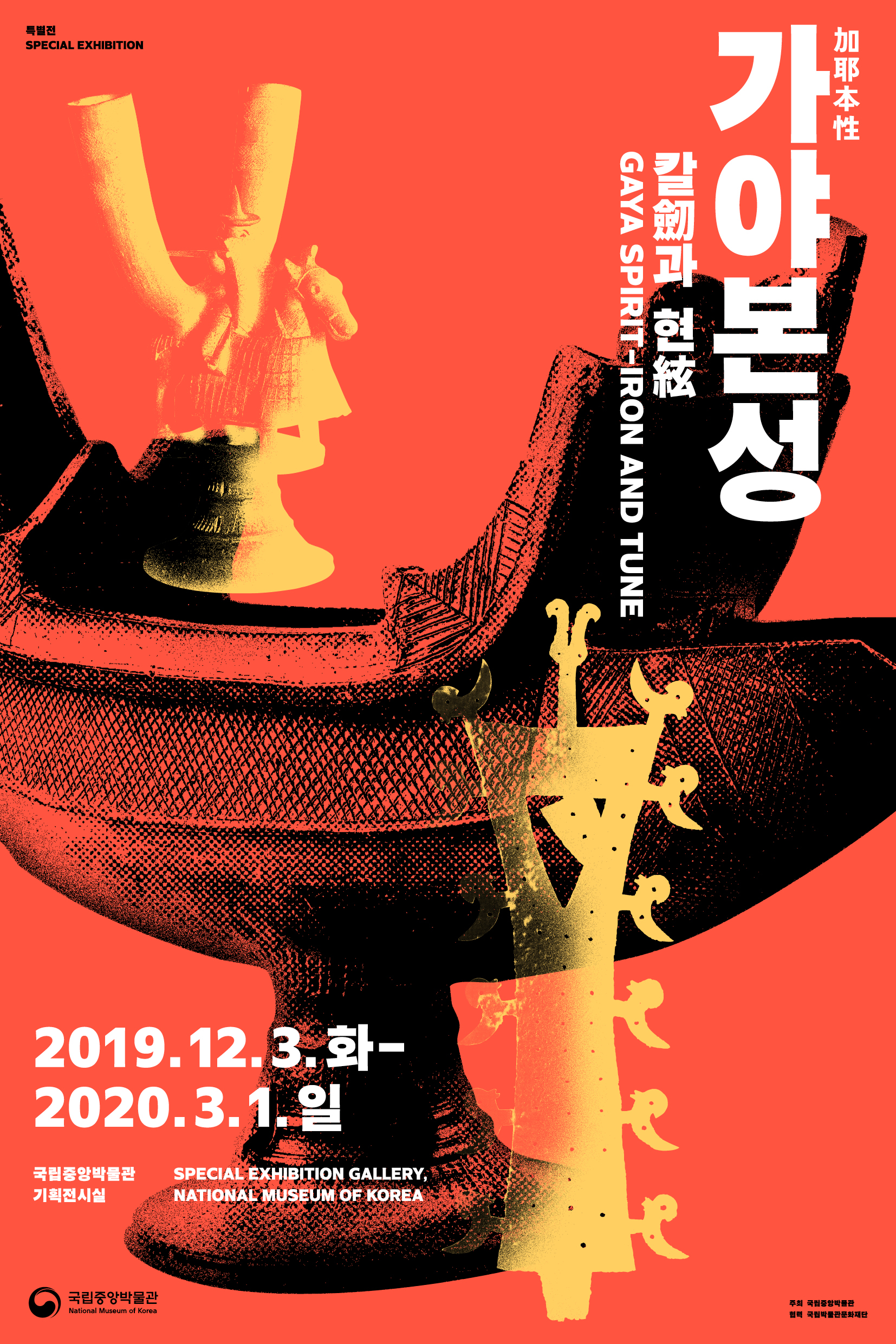
The official poster of the exhibition "Gaya Spirit -- Iron and Tune"
fayastory@korea.kr
Most popular
- China warmly welcomes first Korea-born giant panda Fu Bao
- First hearing-impaired K-pop act hopes for 'barrier-free world'
- Novelist Hwang's 'Mater 2-10' shortlisted for Int'l Booker Prize
- Expats could account for 7% of population in 20 years: report
- Nat'l Fire Agency picks 137 elite staff for deployment abroad








